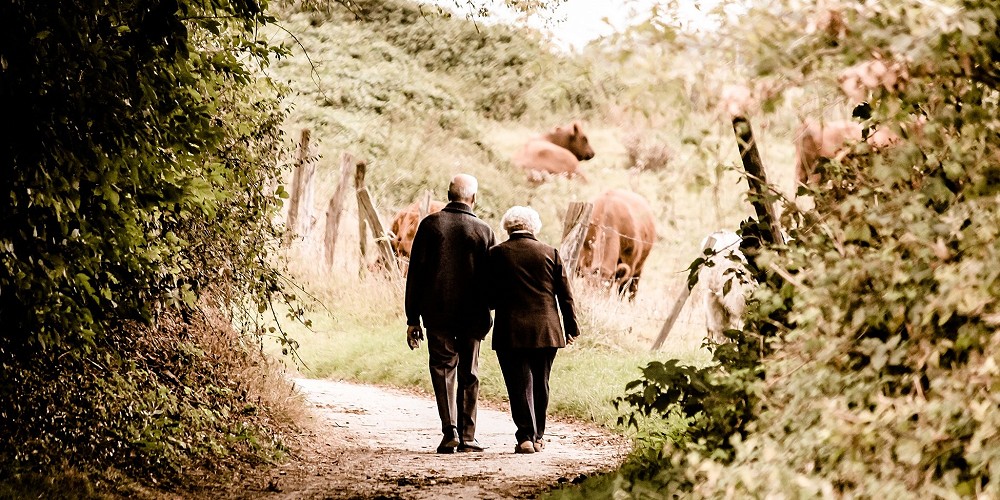Frozen Shoulder: Causes, Symptoms, & Treatment
Article by Anna Kania
Frozen shoulder (adhesive capsulitis) is a painful shoulder condition of gradual onset that is associated with stiffness and difficulty sleeping on the affected side.

In many cases any stiff, painful shoulder might be falsely labelled as a frozen shoulder.
However, frozen shoulder is a specific condition that has a natural history of spontaneous resolution and requires a management that is completely different from some other shoulder conditions such as a rotator cuff tear or osteoarthritis.
What Causes Frozen Shoulder ?
This condition has been known of for more than a hundred years, however diagnosis, causes and most beneficial treatments are still quite unclear.
Risk factors:
- Age: being over 40 years of age.
- Gender: 70% of people with frozen shoulder are women.
- Recent trauma: Surgery or and arm fracture can lead to immobility during recovery, and this may cause the shoulder capsule to stiffen.
- Diabetes
Frozen shoulder is thought to happen when scar tissue forms in the shoulder. This causes the shoulder joint’s capsule to thicken and tighten.
Frozen shoulder can occur without a known cause but can also develop after an injury such as a fracture, soft tissue damage, or surgery.
What are the Symptoms & Prognosis of Frozen Shoulder?
The three signs of frozen shoulder are:
- Gradually starting shoulder stiffness
- Severe pain, even at night
- Near complete loss of passive and active external rotation of the shoulder
The duration of the condition can range 1 to 3.5 years
How Should I Treat Frozen Shoulder?
Frozen shoulder progresses through three clinical phases:
[SEE CHART IN FROZEN SHOULDER FOLDER]
Treatment in the Painful Freezing Phase (10-36 weeks)
During the initial painful freezing stages, treatment is directed at pain relief: pain and anti- inflammatory medications, physiotherapy and sometimes steroid injection into the shoulder joint.
Use pain as a guide to limit activity, with all pain free activities allowed and all painful activities avoided.
Treatment in the Frozen to Adhesive Phase (4-12 months)
The pain gradually subsides but stiffness remains. Stretching and exercises will be tolerated and should be the focus of treatment, with the aim of regaining the range of motion.
Treatment in the Thawing to Resolution Phase (12-42 months)
Follows the adhesive phase with improvement in the range of movement. Strengthening exercises and functional training are added.
References
- https://www.ncbi.nlm.nih.gov/p... - World J Orthop. 2015 Mar 18; 6(2): 263–268.
- https://doi.org/10.1186/s12891... - BMC Musculoskeletal Disorders
- https://www.ncbi.nlm.nih.gov/p... - BMJ. 2005 Dec 17; 331(7530): 1453–1456.
- Singapore Med J 2017; 58(12): 685-689 doi: 10.11622/smedj.2017107
You May Also Like...
-
 ArticleView Post
ArticleView PostIs warming up before physical activity necessary?
YES! Warming up your body before physical activity is recommended for many, great reasons.
-
 ArticleView Post
ArticleView PostExercising during Pregnancy part 1 of 2: General Guidelines
A physically active pregnancy provides numerous health benefits for both mother and baby.
-
 ArticleView Post
ArticleView PostVertigo & Treatment of Benign Paroxysmal Positional Vertigo
If you experience feelings of intense dizziness, or it seems the room is spinning, you may want to consider physiotherapy treatment for BPPV.